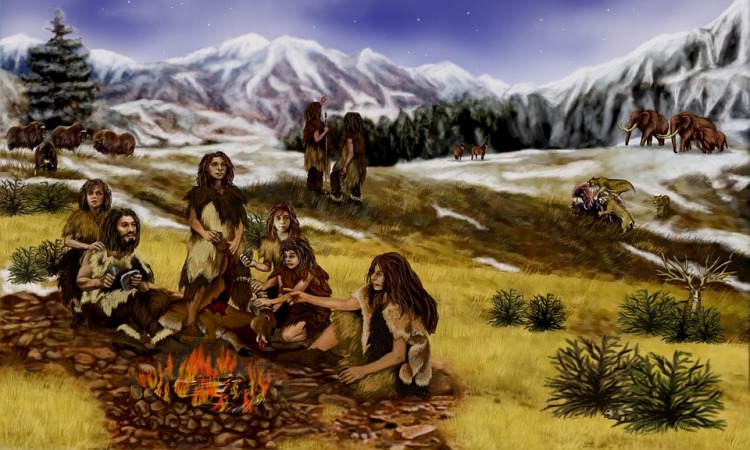Neanderthals ate mussels, fish, and seals too: Study

- Country:
- Germany
Neanderthals were feeding themselves regularly on mussels, fish and other marine life over 80,000 years ago, according to a study which suggests it was not just the modern humans who sourced food from the sea. Until now, it has always been suspected that this consumption increased the cognitive abilities of the human populations in Africa, said the researchers, including those from the University of Gottingen in Germany.
The results confirm that if the habitual consumption of marine life played an important role in the development of cognitive abilities, this is as true for Neanderthals as it is for anatomically modern humans, they said. The study, published in the journal Science, found the first robust evidence during an excavation in the cave of Figueira Brava in Portugal. They dated flowstone layers calcite deposits that form like stalagmites from dripping water.
The team was able to determine the age of the excavation layers between 86,000 and 106,000 years. This means that the layers date from the period in which the Neanderthals settled in Europe, according to the researchers.
The use of the sea as a source of food at that time has so far only been attributed to anatomically modern humans (Homo sapiens) in Africa, they said. The cave of Figueira Brava is located 30 kilometers south of Lisbon on the slopes of the Serra da Arrabida.
The team, led by the first author of the study, Professor Joao Zilhao from the University of Barcelona in Spain, found that the Neanderthals living there were able to routinely harvest mussels and fish and to hunt seals. Their diet included mussels, crustaceans, and fish as well as waterfowl and marine mammals such as dolphins and seals.
Food from the sea is rich in omega-3 fatty acids and other fatty acids that promote the development of brain tissue. "Among other influences, this could explain the early appearance of a culture of modern people that used symbolic artifacts, such as body painting with ochre, the use of ornaments or the decoration of containers made of ostrich eggs with geometric motifs," said Dirk Hoffmann at the Gottingen Isotope Geology Department.
"Such behavior reflects the human capacity for abstract thought and communication through symbols, which also contributed to the emergence of more organized and complex societies of modern humans," Hoffman said.
(This story has not been edited by Devdiscourse staff and is auto-generated from a syndicated feed.)










